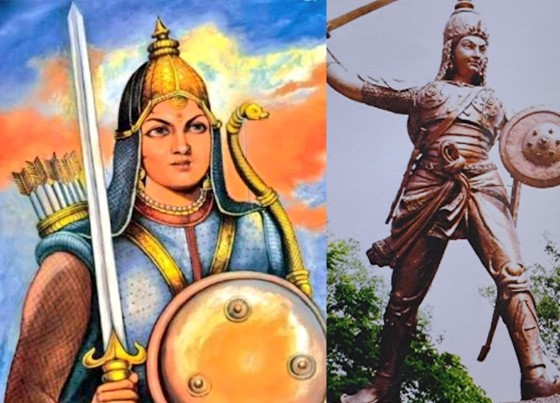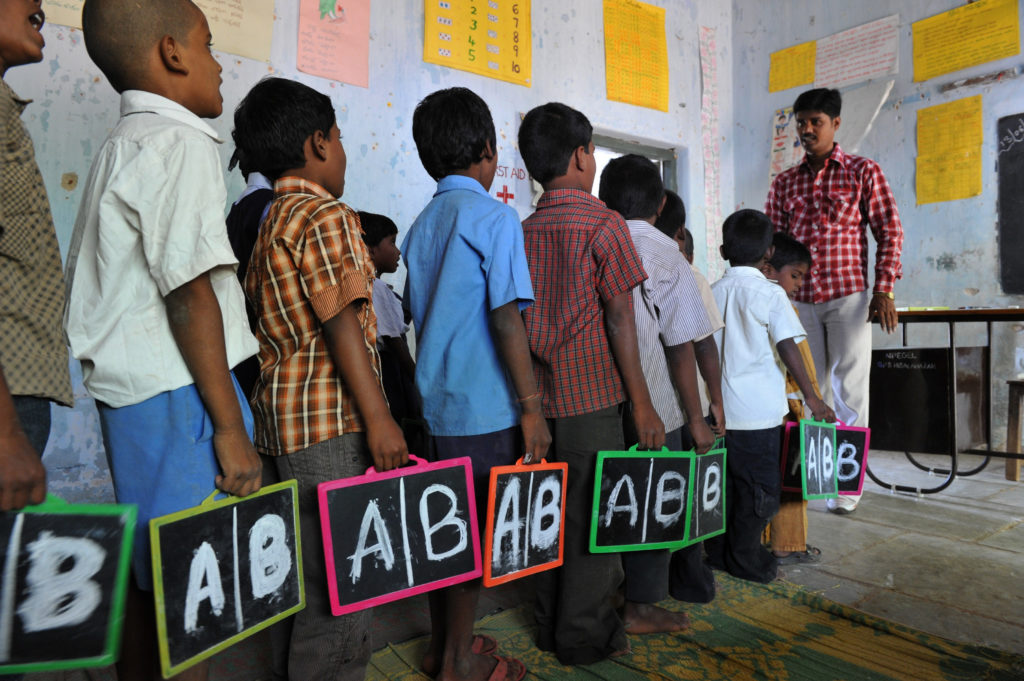- Courses
- GS Full Course 1 Year
- GS Full Course 2 Year
- GS Full Course 3 Year
- GS Full Course Till Selection
- Answer Alpha: Mains 2025 Mentorship
- MEP (Mains Enrichment Programme) Data, Facts
- Essay Target – 150+ Marks
- Online Program
- GS Recorded Course
- Polity
- Geography
- Economy
- Ancient, Medieval and Art & Culture AMAC
- Modern India, Post Independence & World History
- Environment
- Governance
- Science & Technology
- International Relations and Internal Security
- Disaster Management
- Ethics
- NCERT Current Affairs
- Indian Society and Social Issue
- NCERT- Science and Technology
- NCERT - Geography
- NCERT - Ancient History
- NCERT- World History
- NCERT Modern History
- CSAT
- 5 LAYERED ARJUNA Mentorship
- Public Administration Optional
- ABOUT US
- OUR TOPPERS
- TEST SERIES
- FREE STUDY MATERIAL
- VIDEOS
- CONTACT US
Veerangna Rani Durgawati
Veerangna Rani Durgawati

Latest Context:
On 5th October, the 500th birth anniversary of Rani Durgawati was celebrated.
About Rani Durgawati
1524: Durgavati was born in Chandel Dynasty of Mahoba in Banda, UP.
1531: She was married to Dalpat Shah, the son of Sangram Shah, who was the ruler of the Gondwana kingdom.
1542: After the death of her husband, Dalpat Shah, Durgavati became the queen regent of Gondwana as her son, Vir Narayan, was too young to rule. She constructed several reservoirs in her kingdom and moved the Capital to Chauragarh (from Singaurgarh) on the strategic Satpura Hill Range. She allowed Acharya Bitthalnath to establish a seat of the Pushtimarg Cult at Garha.
1550: Durgavati faced numerous challenges to her throne from neighbouring rulers and nobles, who sought to take advantage of her relatively weak position as a queen regent. Tarikh-i-Firishta mentions Durgavati defeated Baz Bahadur, the ruler of Malwa
1562: The Mughal emperor Akbar sent Asaf Khan to conquer the Gondwana kingdom. Durgavati resisted the Mughal forces fiercely, defending her kingdom.
June 24, 1564: In a decisive battle, known as the Battle of Narrai, Durgavati and her army fought bravely against the Mughal forces led by Asaf Khan. Despite her courage and tactics, her forces were outnumbered, and she was seriously wounded in the battle. Realizing that defeat was imminent and refusing to be captured by the Mughals, Rani Durgavati chose to end her life rather than surrender. She committed "jauhar" by self-immolation to protect her honour and dignity.
Legacy: Rani Durgavati is remembered as a symbol of courage and sacrifice. Her heroism in defending her kingdom against the Mughal forces has made her a famous figure in Indian history. The government of Madhya Pradesh has named a university and several institutions in her honour. Additionally, her story is a source of inspiration for many, especially in the context of women's empowerment.
About Chandela dynasty
- Origin: The Chandela dynasty was a prominent Indian dynasty that ruled over the region of Bundelkhand in north-central India from the 9th century onwards. The Chandela dynasty is believed to have originated from the lunar dynasty (Chandravanshi), and they claimed descent from the moon god (Chandra). Their name "Chandela" is derived from the Sanskrit word "Chandra," meaning moon.
- Capital: The Chandela dynasty initially had their capital at Khajuraho and later at Mahoba.
- Rulers: Several Chandela rulers made significant contributions during the dynasty's reign. Some of the notable Chandela kings include Dhanga, Ganda, Kirttivarman, and Paramardi.
- Temple Architecture: The Chandela dynasty is best known for its temple architecture, particularly the construction of the Khajuraho temples. These temples, built between the 9th and 11th centuries, are famous for their stunning architecture and intricate sculptures. The temples are divided into three groups: Western, Eastern, and Southern, and they represent both Hindu and Jain religious themes.
- Artistic Legacy: The Chandela rulers were great patrons of art, and their temples are adorned with exquisite carvings that depict various aspects of life, mythology, and eroticism.
- Decline: The Chandela dynasty began to decline in the 12th and 13th centuries due to various factors, including invasions by Muslim rulers. The decline of the dynasty marked the end of their rule in the region.
- Legacy: Despite the fall of the Chandela dynasty, their architectural and artistic legacy has endured. The Khajuraho temples continue to be celebrated as a symbol of India's rich cultural heritage and have contributed to the understanding of Indian art and culture.



